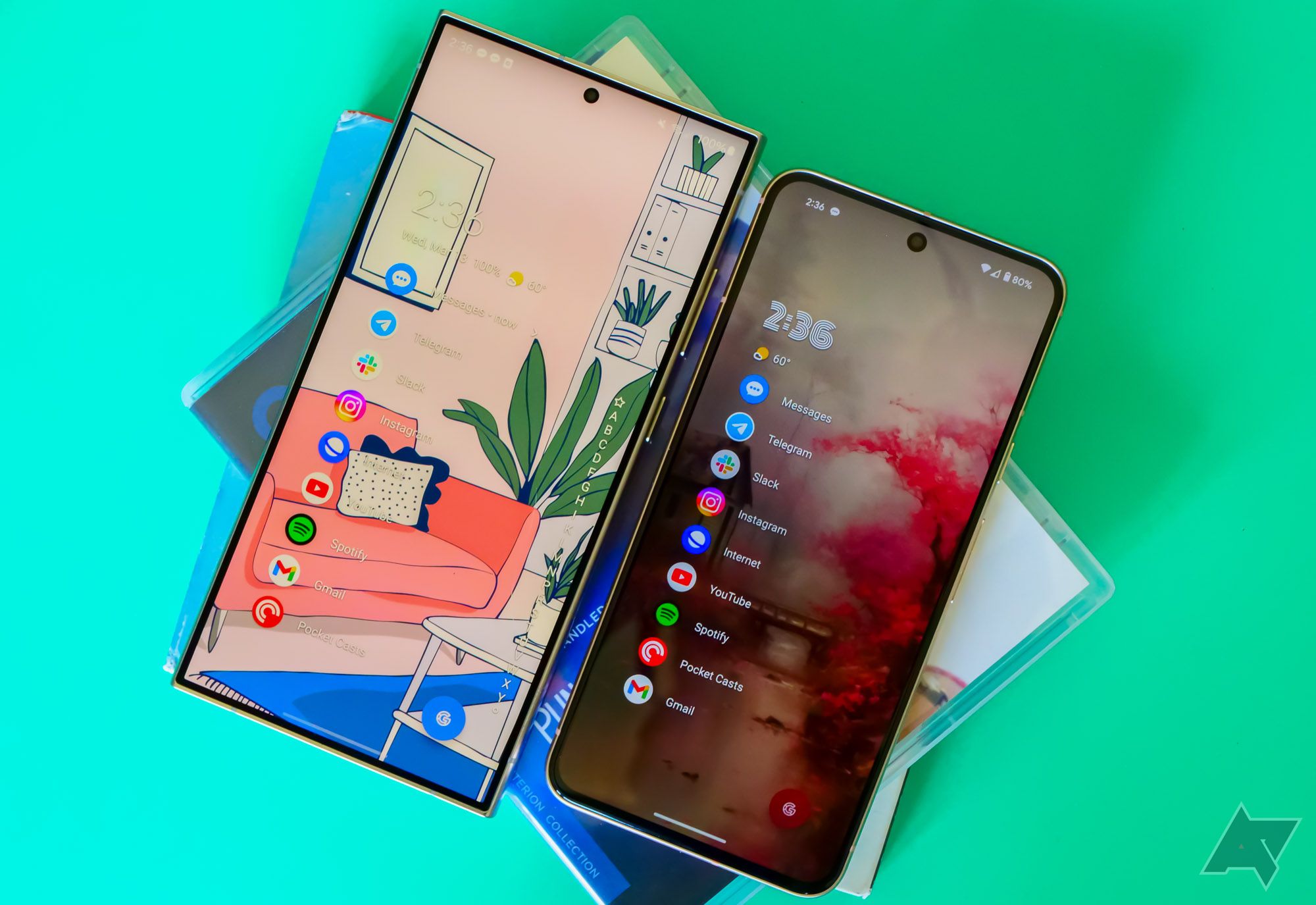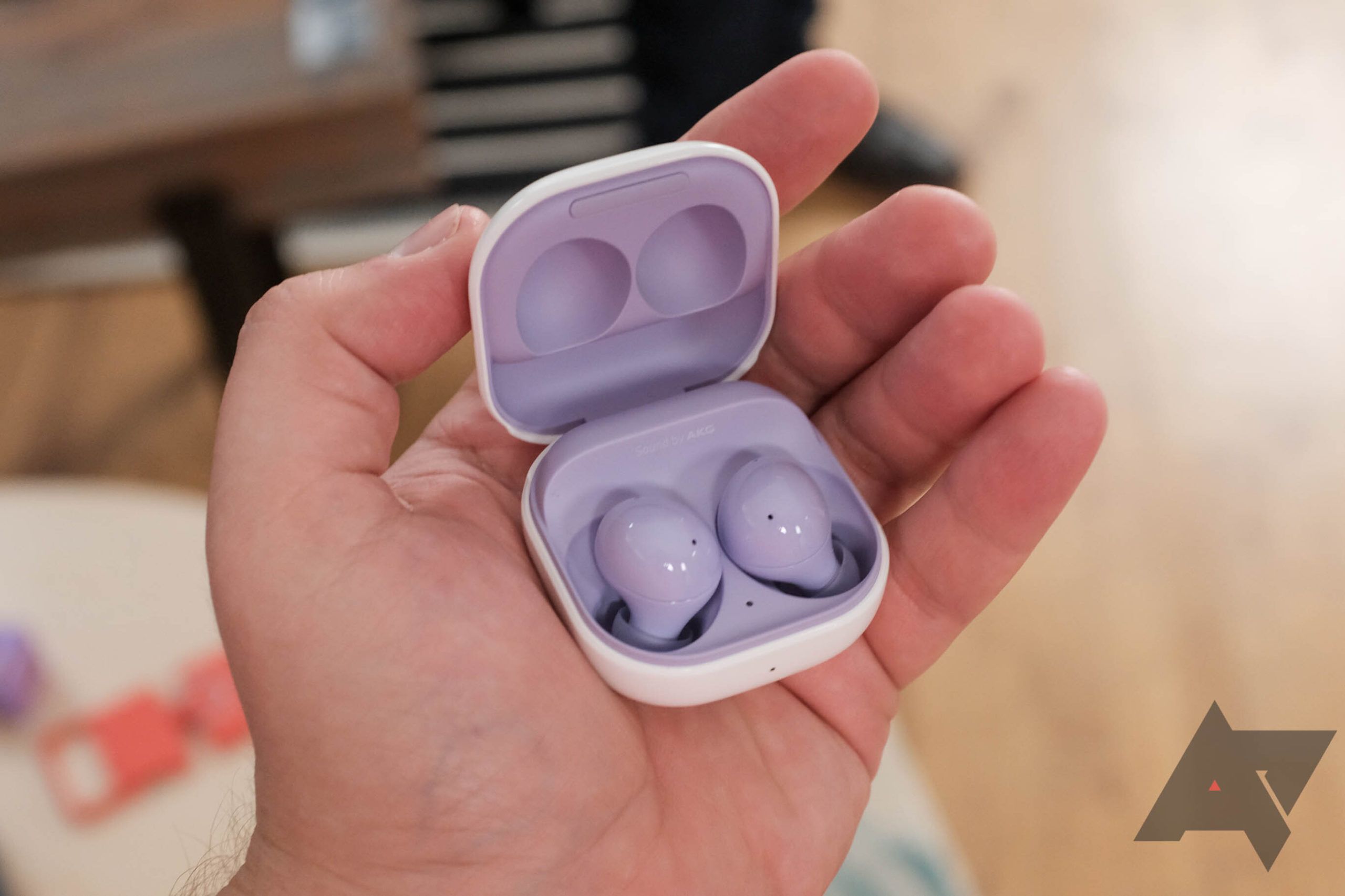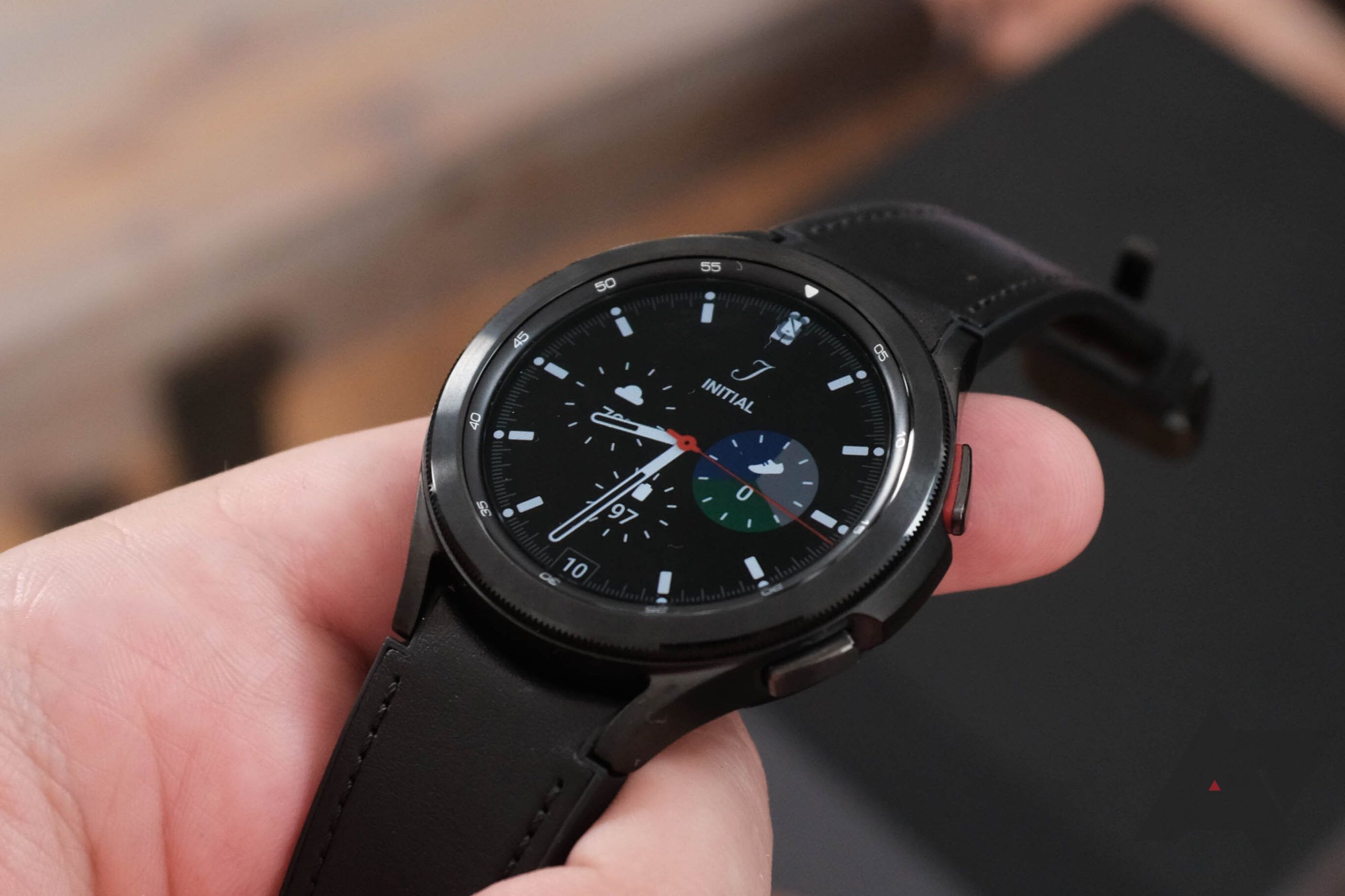The Samsung Bixby voice assistant has a Routines feature similar to iPhone's Shortcuts app. You can use it to automate dozens of system functions and make life easier. If you use a reading app on your phone, automate the brightness settings for reading. Or, automatically set your device to silent when at work. You can also create audio profiles for different Bluetooth devices or automatically disconnect from Wi-Fi if the signal quality drops.
Bixby is flexible, effective, and reliable. It does more than simply act as a voice assistant, and if you own a Samsung Galaxy S24, you'll get a supercharged, hands-free version of Bixby that's more powerful, thanks to its integration with Galaxy AI. This guide will help you find preset Bixby Routines, create your own custom routines, and walk you the various ways the platform integrates with your other Samsung devices.

Galaxy Ai: Everything you need to know about Bixby's new sidekick
Learn more about Galaxy AI and how to use it on your Samsung Galaxy S24 phoneSamsung began rolling Galaxy AI out the Galaxy S23 series lineup, the S23 FE, the Z Fold 5 and Z Flip 5, and the Galaxy Tab 29 in March 2024. Some features may be limited to specific devices or regions.
How to create a Bixby Routine
Before looking at our favorite routines, here's how to create one of your own. The Bixby Routines app doesn't appear in your app drawer by default, so here's how to add it.
- Open the Settings app and navigate to Advanced features.
- Scroll down to Modes and Routines.
- Tap the Routines tab.
- Tap More Options (the three vertical dots) and then tap Settings.
- Toggle the switch next to Show Modes and Routines on Apps screen.
An app called Modes and Routines is now accessible from the app drawer.
- Open Bixby Modes and Routines.
- Tap the Routines tab.
- Tap plus (+) to add a new routine.
-
Tap plus (+) under the If section to add a trigger.
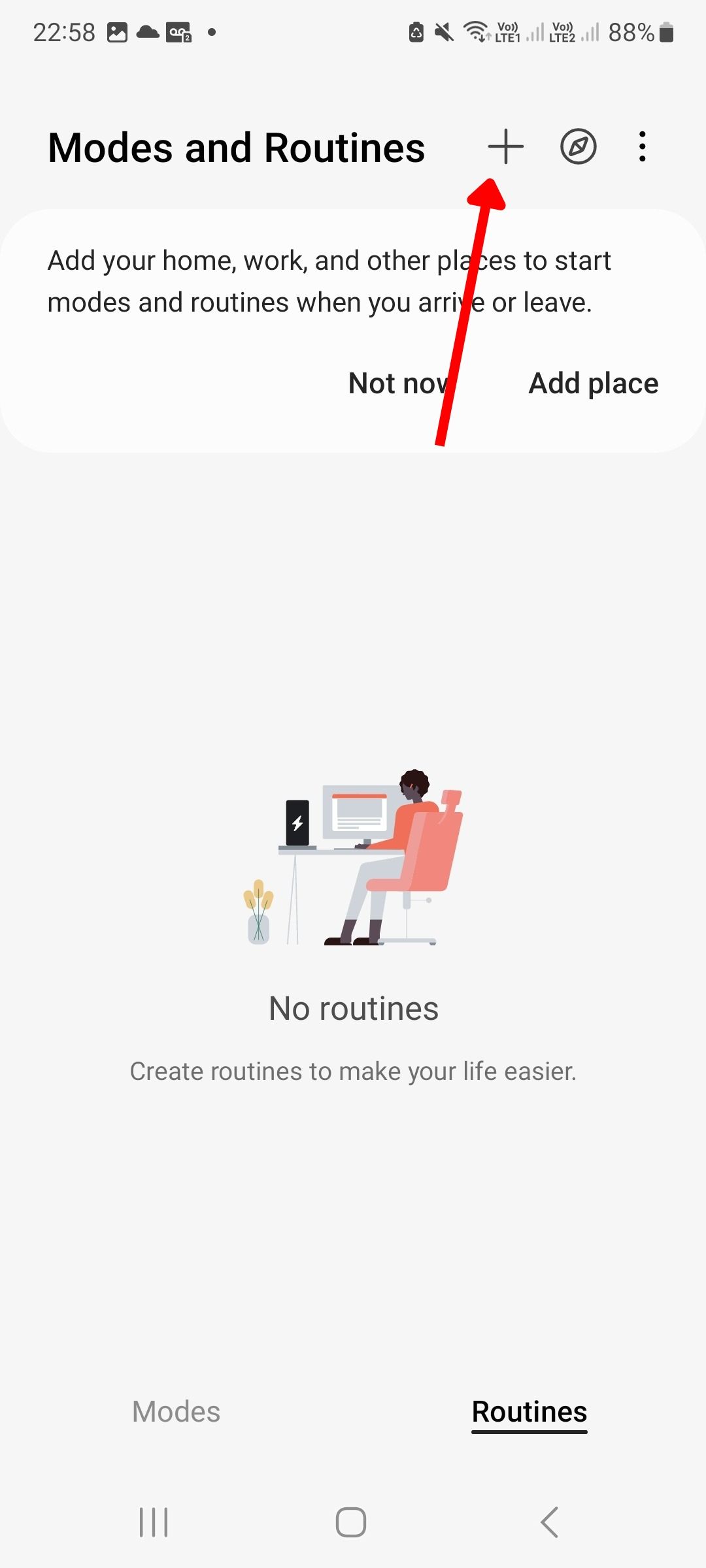
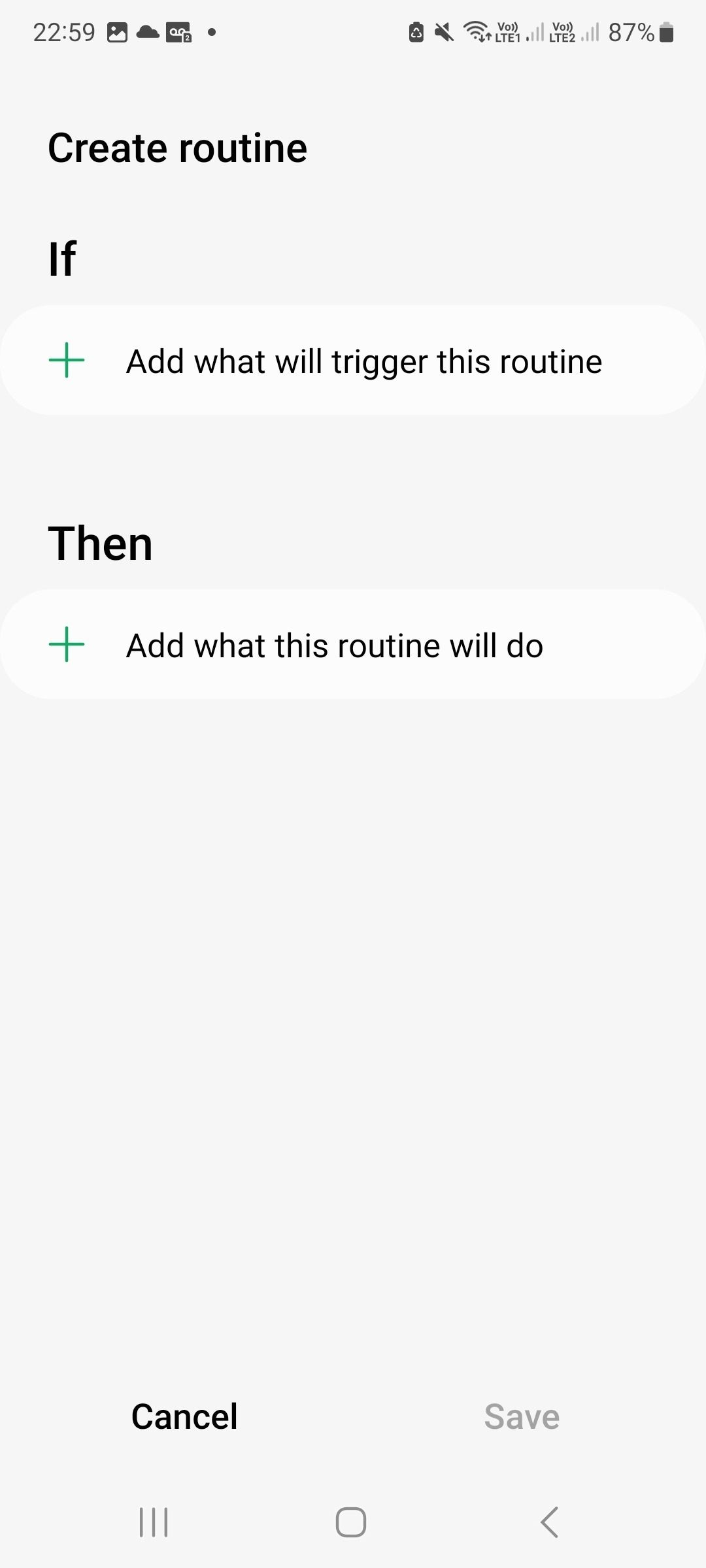
-
Choose what you want to trigger the routine from the list of options. Repeat steps 3 and 4 if you want more than one trigger.
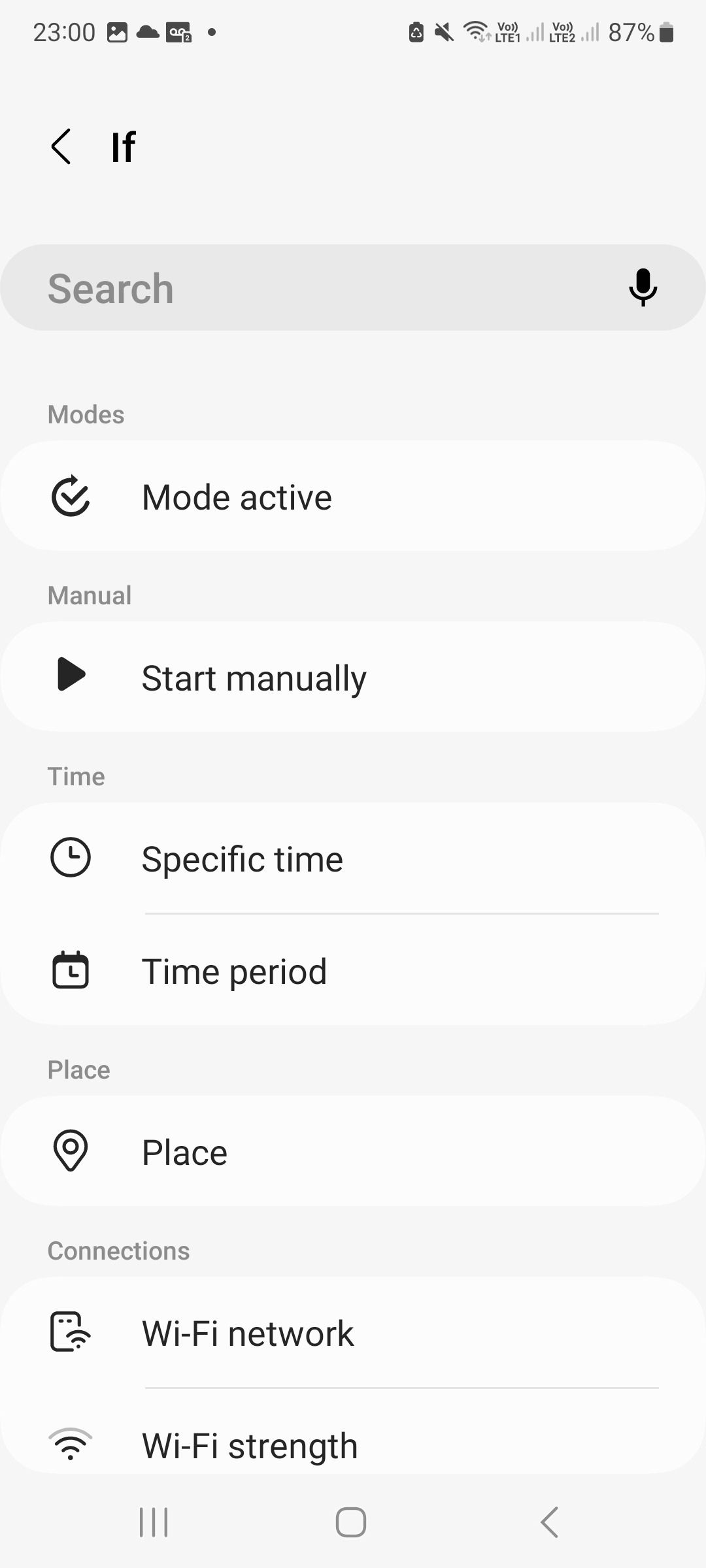
- Tap plus (+) in the Then section.
- Find the action you want the routine to perform when activated. Repeat steps 5 and 6 if you want the routine to perform multiple actions.
-
Tap Save in the lower-right corner.
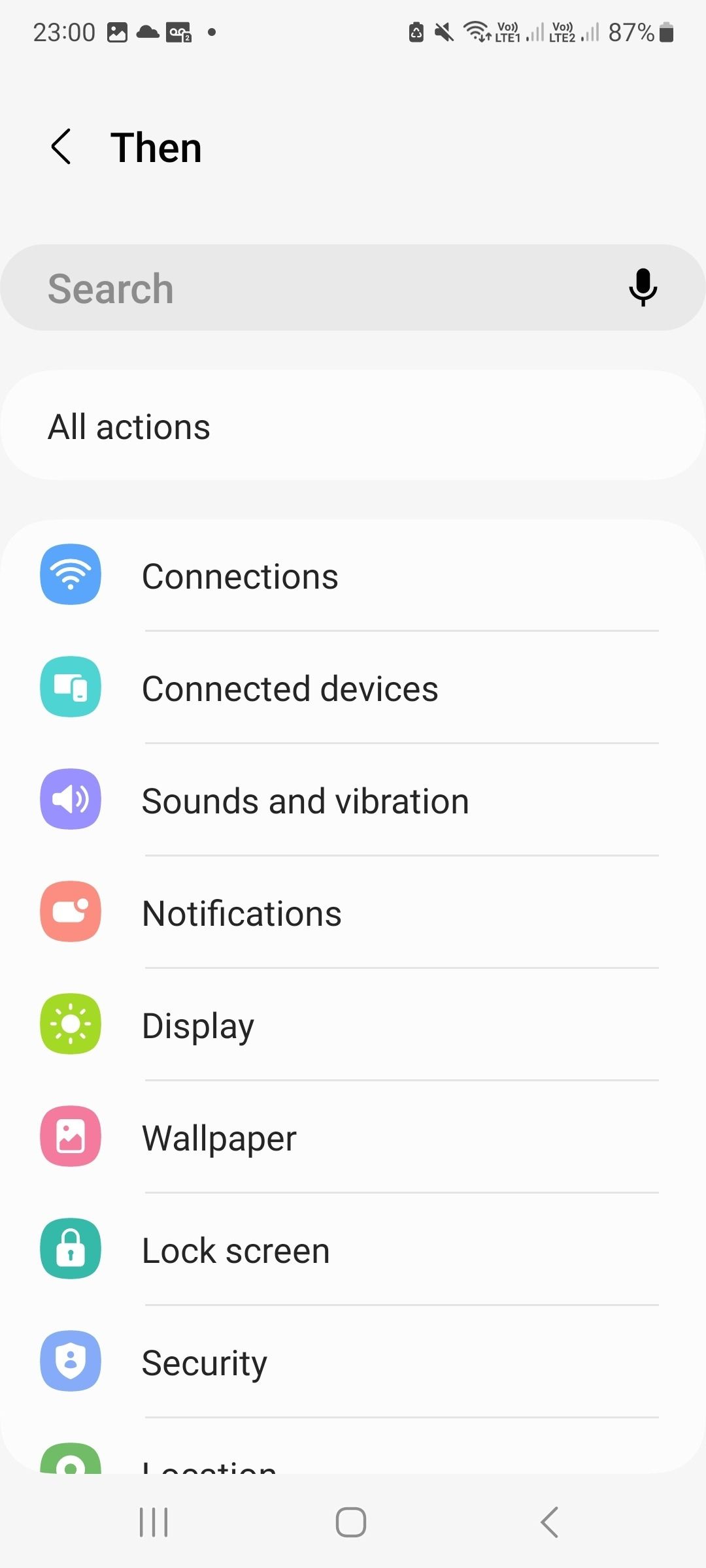
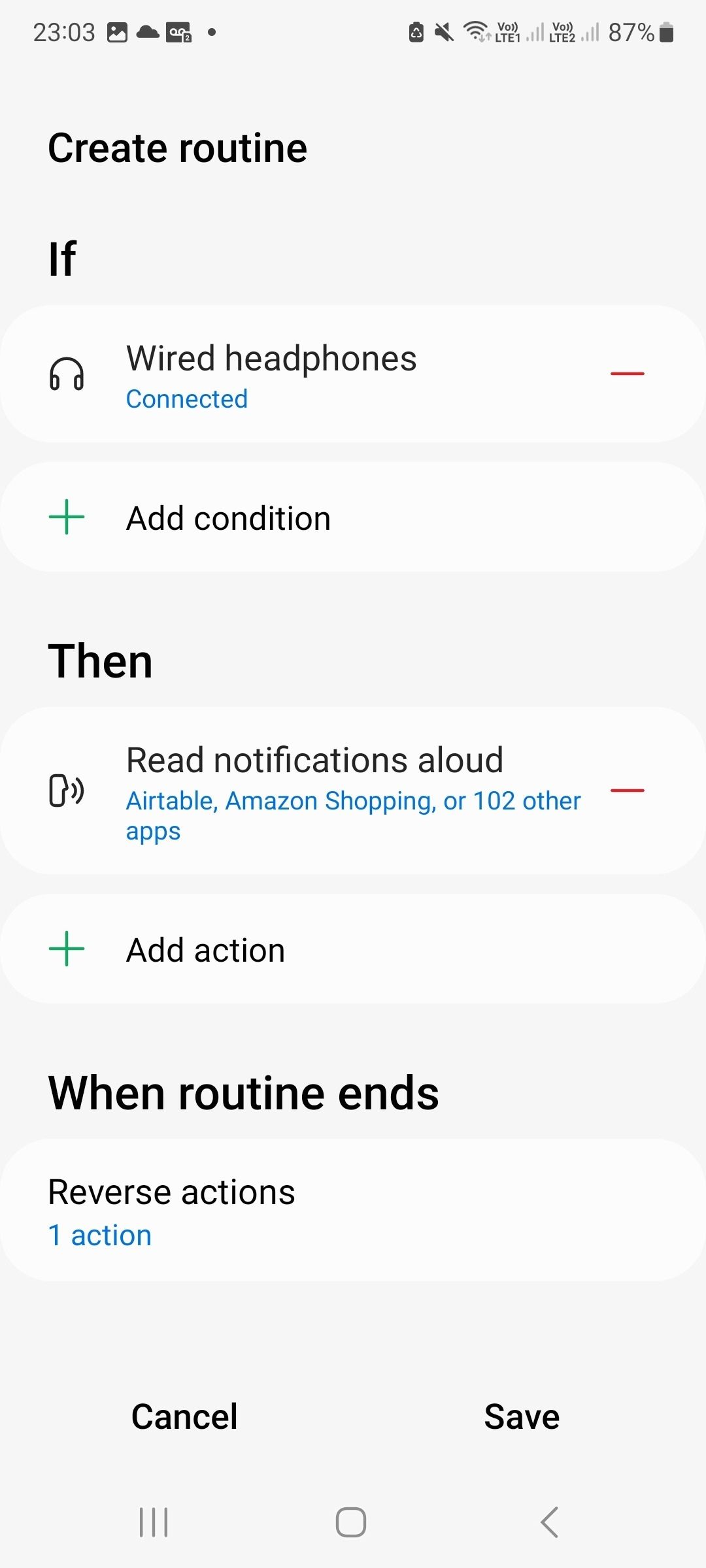
-
Name your routine and choose an icon.
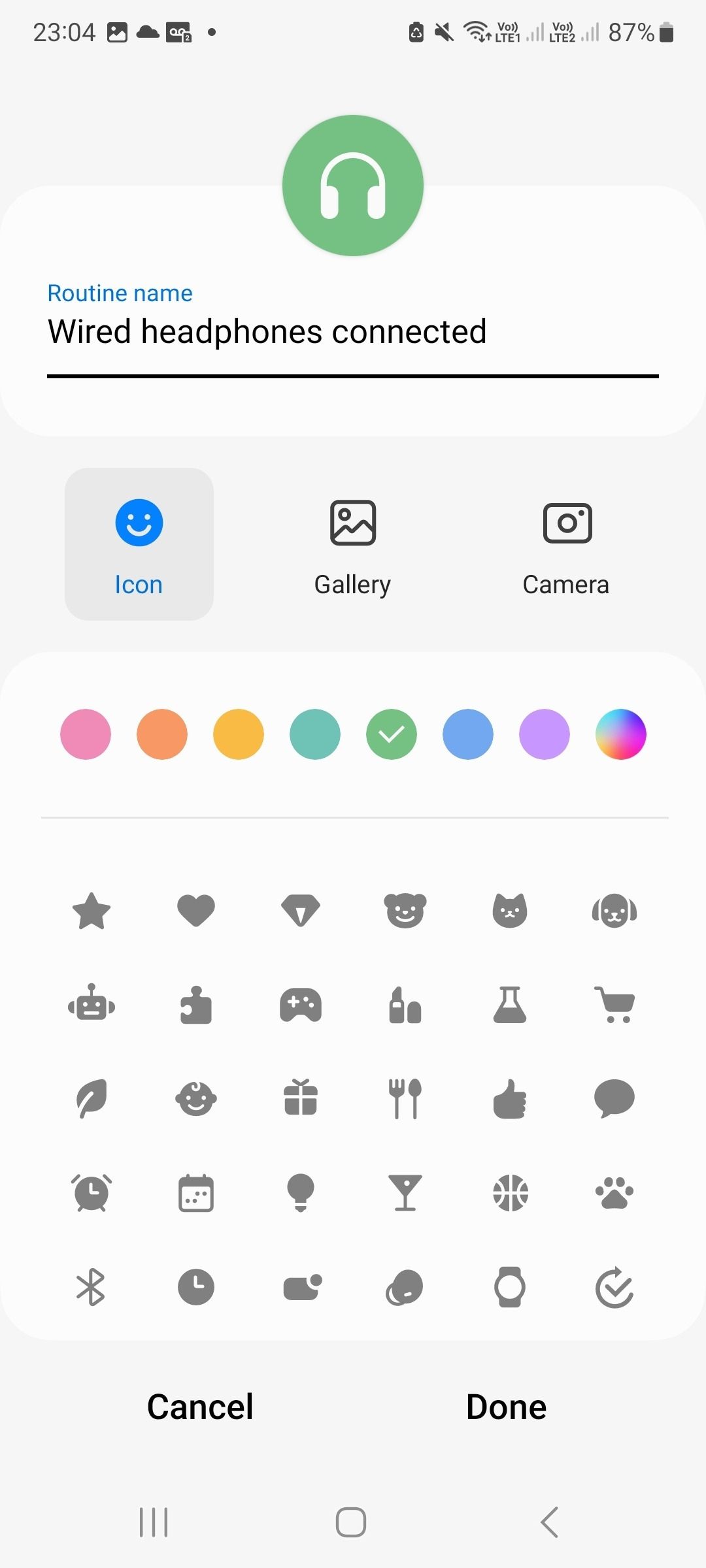
- If your routine is triggered manually, you're prompted to add a widget to your home screen. Tap Add to do so.
There are a ton of triggers and actions available. So, whatever automation you need, there's a good chance you can set it up with Bixby. Look through each category and decide what you want to use. If you're looking for something specific, use the search bar. If your routine must be activated manually, do that from the app or use the home screen widget it prompts you to use.
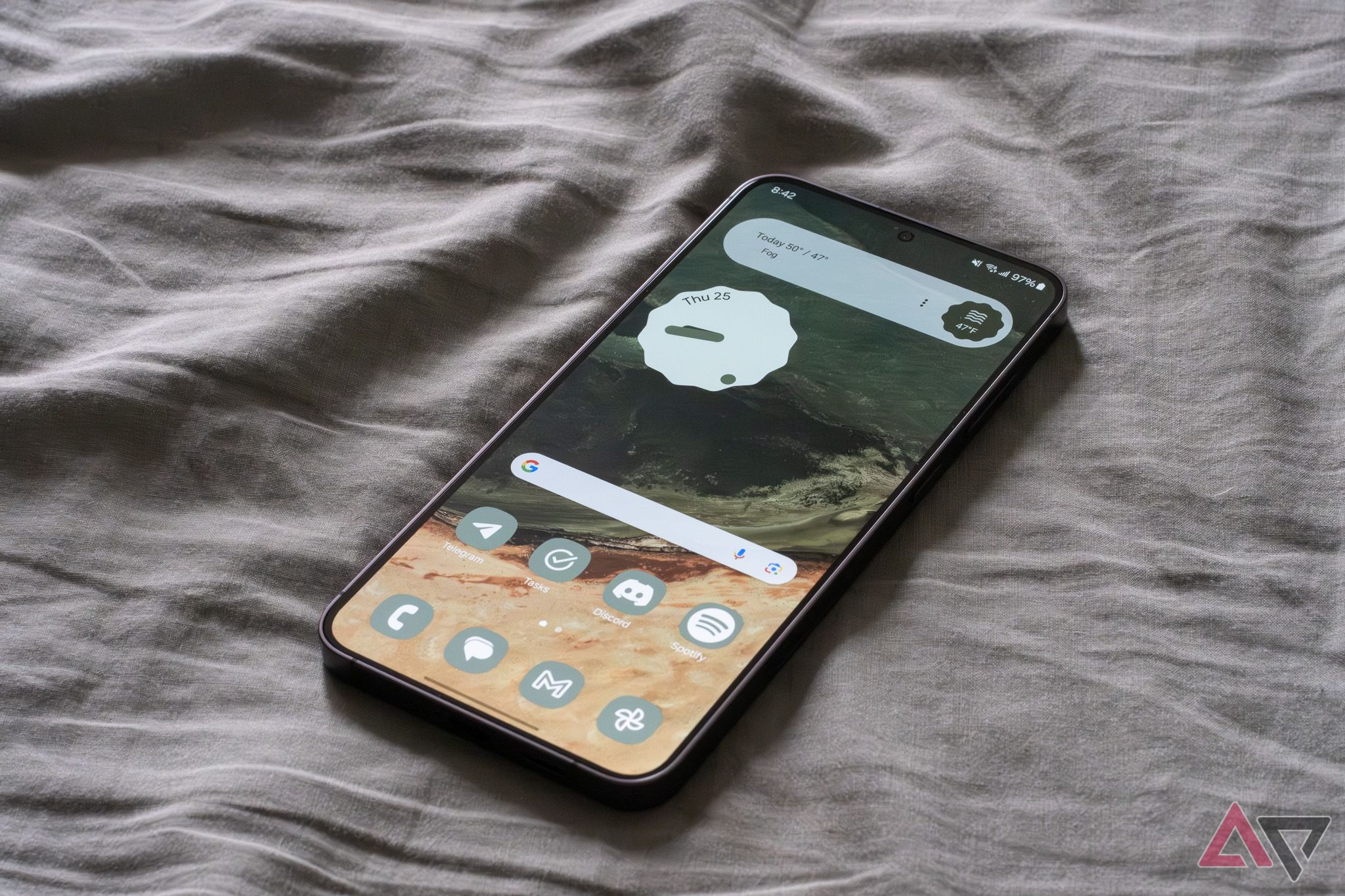
Samsung Galaxy S24+ review: A safe bet
AI gimmicks aside, this is a very easy-to-recommend flagshipUse and customize Preset Routines
Samsung Bixby has a number of preset routines that you can do just about anything with little or no customization. Here's how to find them on your phone.
-
Locate and open Bixby Modes and Routines.
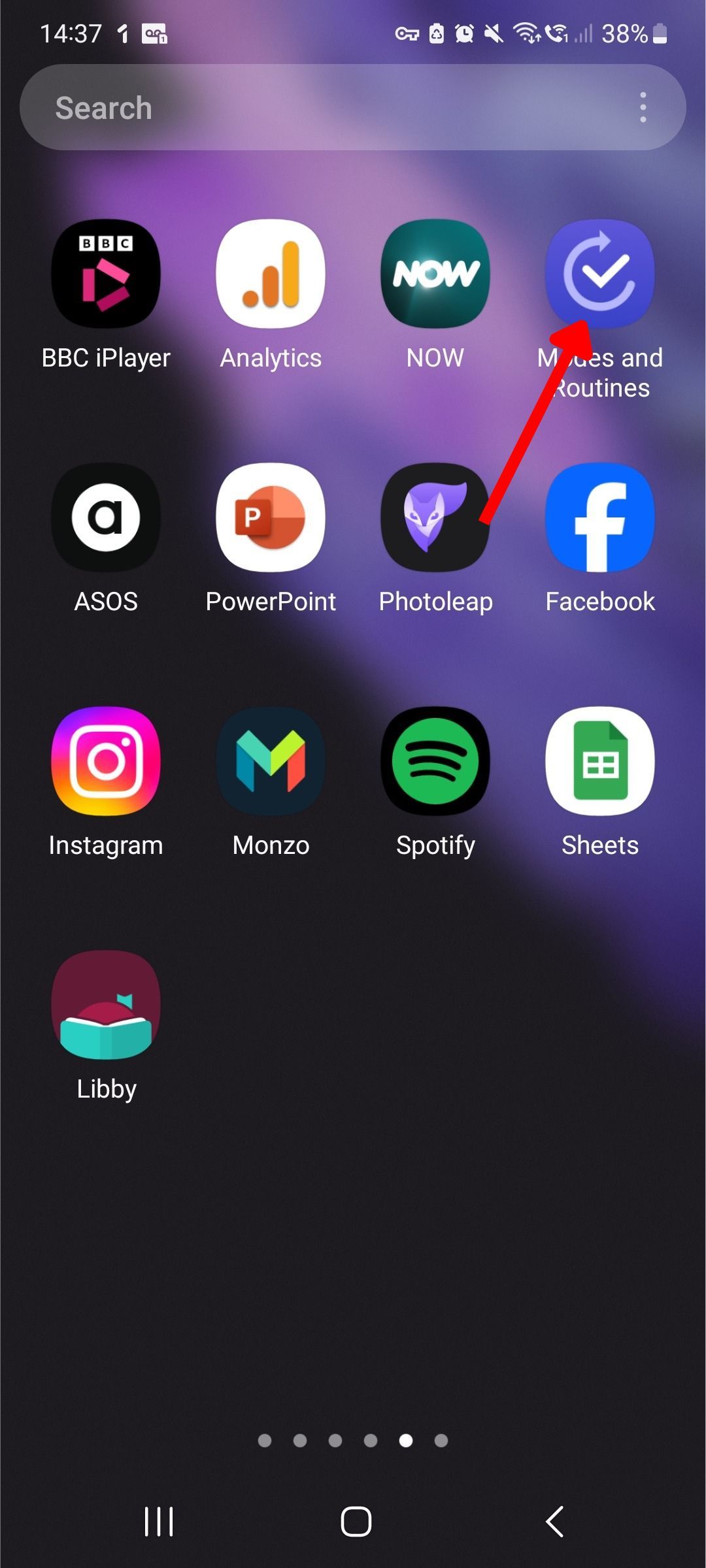
- Tap the Routines tab.
-
Tap the Preset Routines icon.
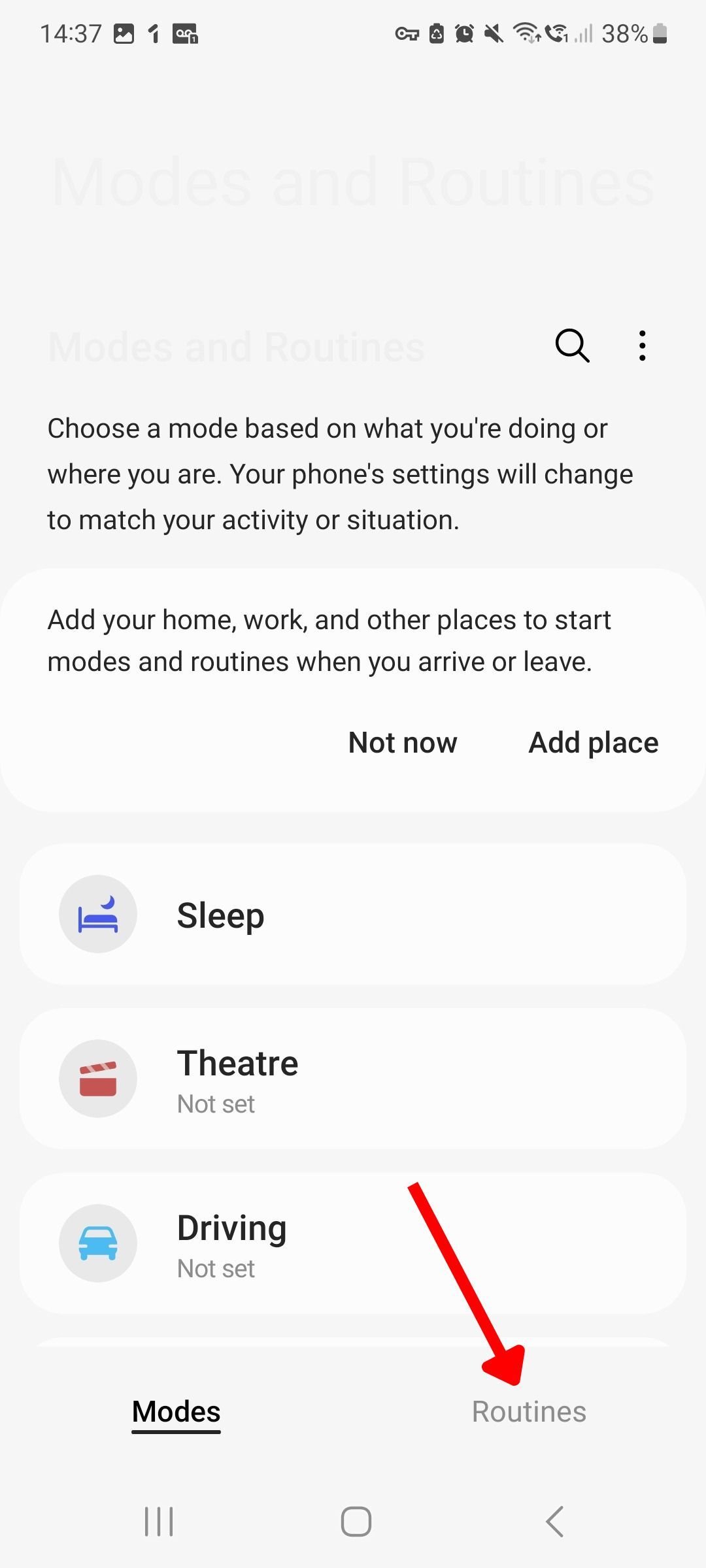
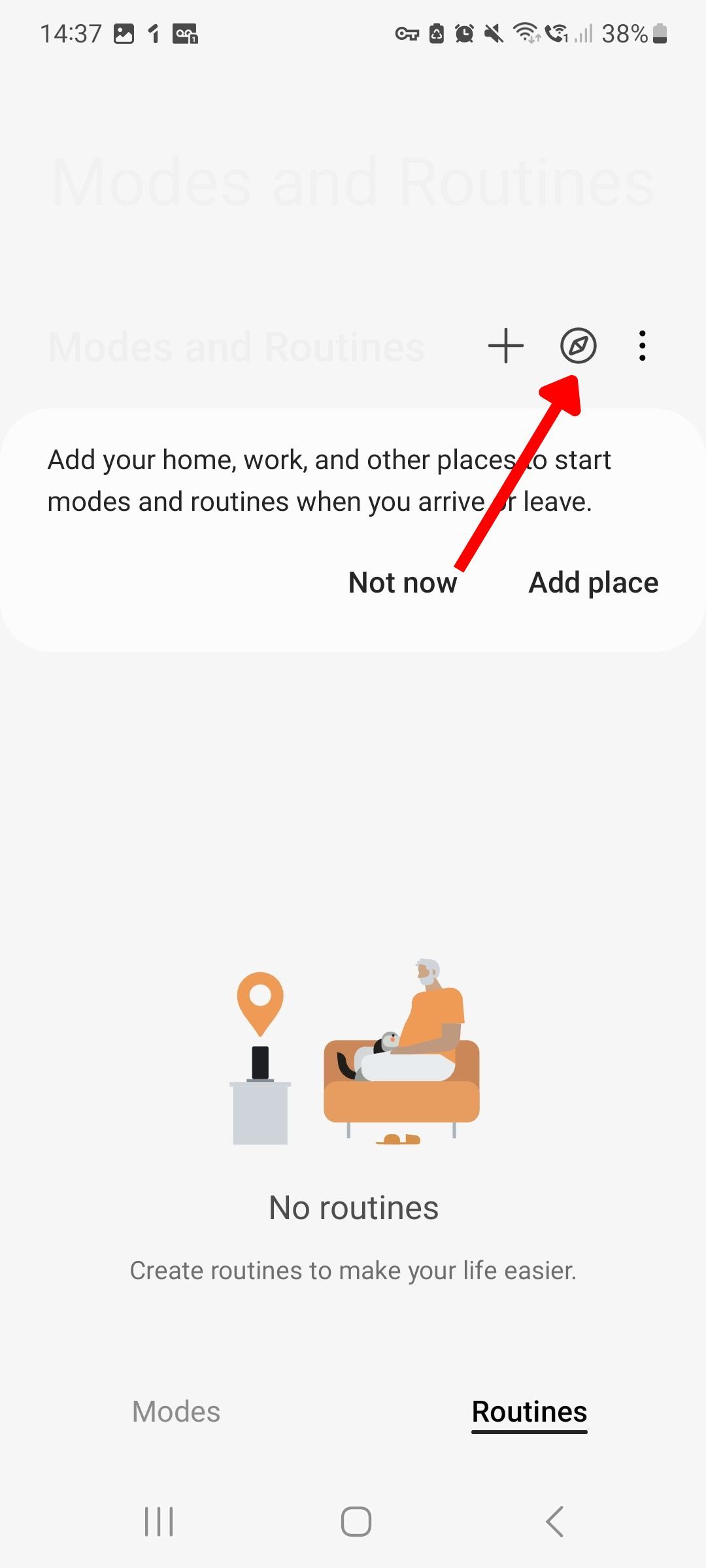
- Select All routines or a category that is relevant.
-
Choose a routine from the list.
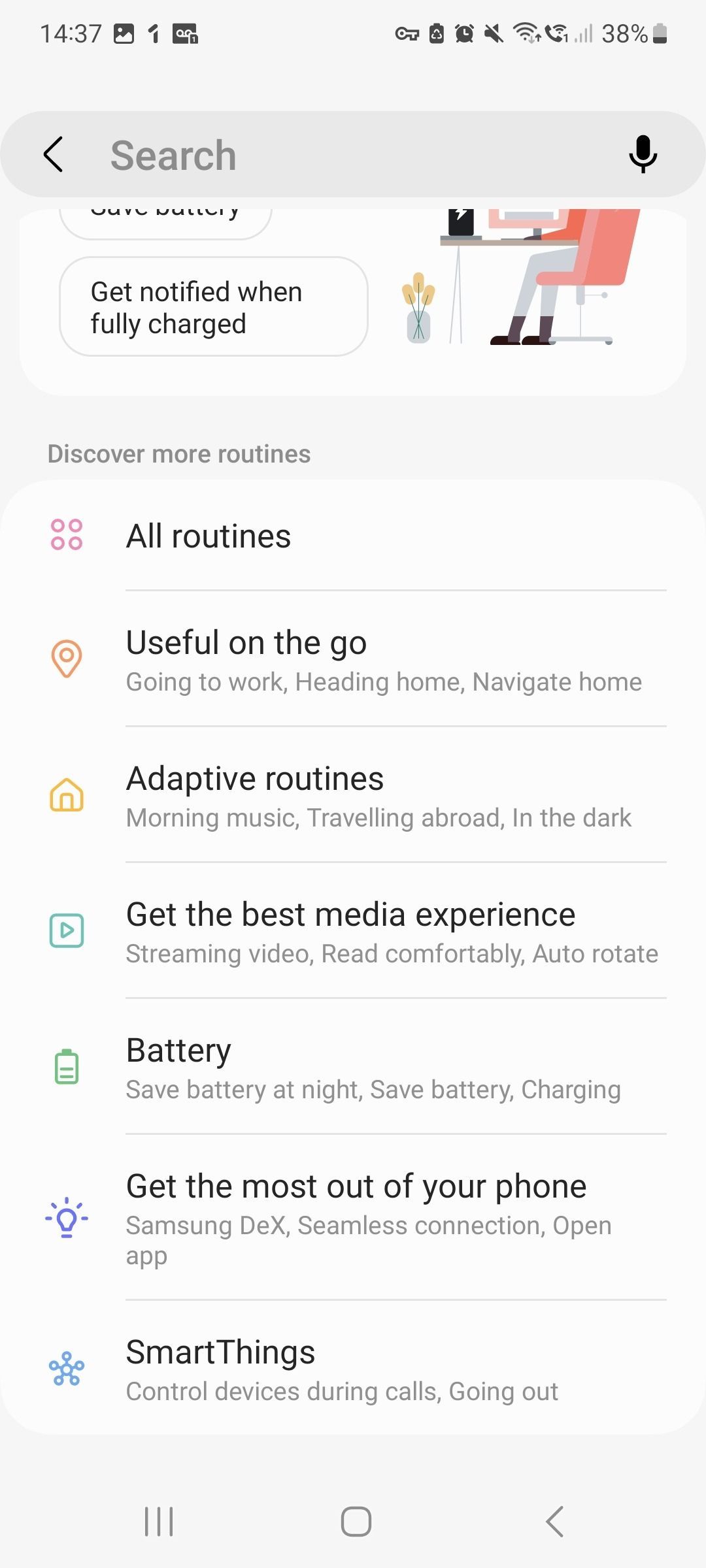
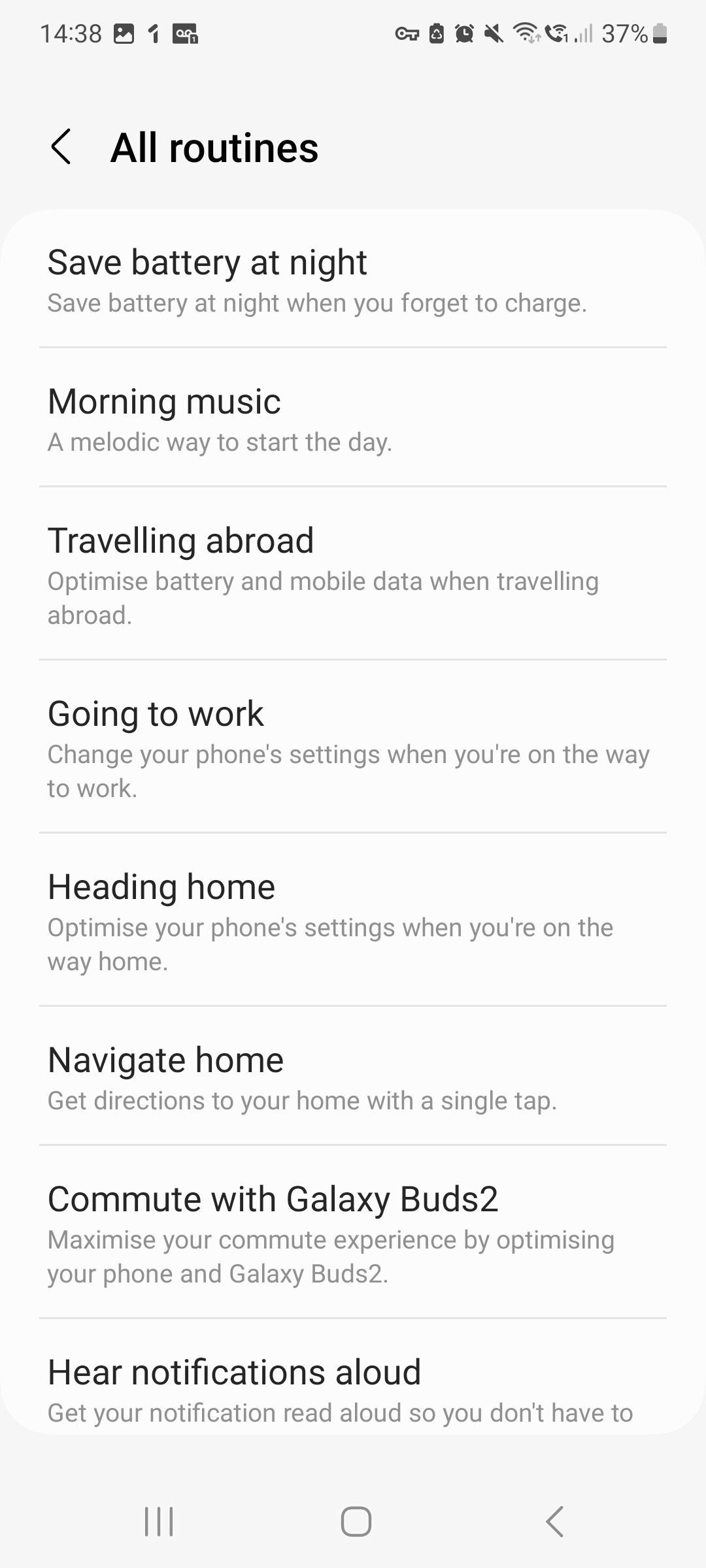
- Modify the If triggers if necessary.
-
Tap Save.
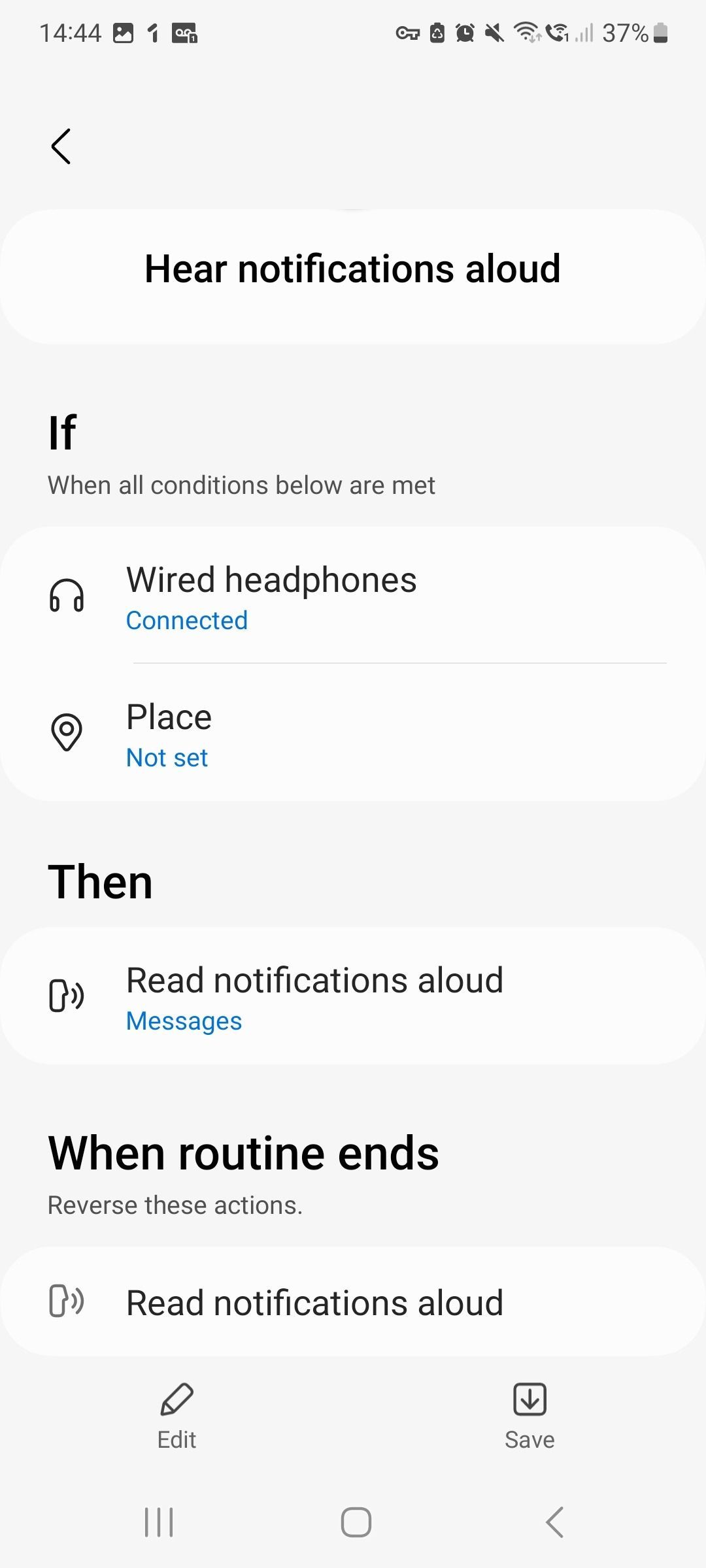
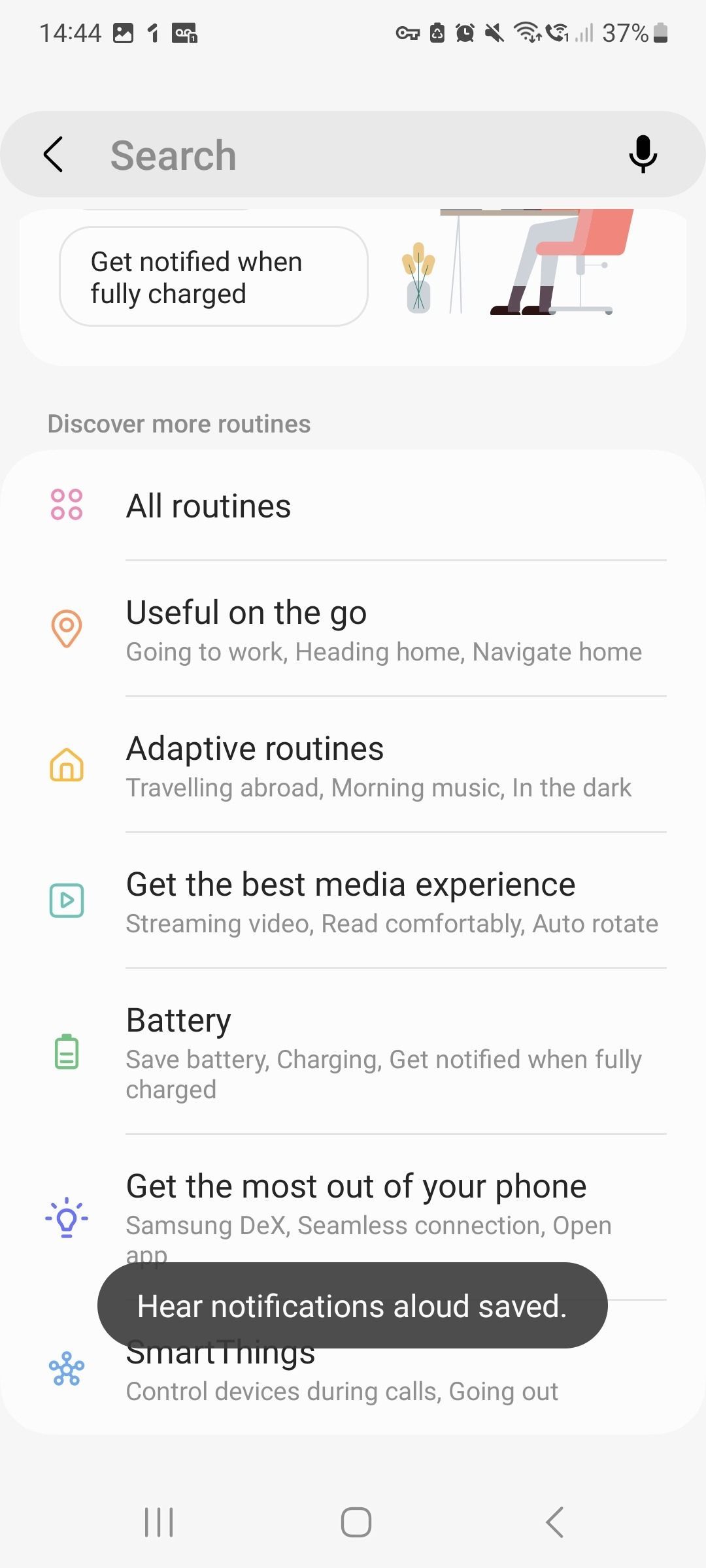
Take advantage of Bixby's tight integration with Galaxy Buds and Samsung Galaxy Watch
If you are invested in the Samsung ecosystem, or use multiple devices like Galaxy Buds or the Samsung Galaxy Watch 6, you're in luck. Bixby routines work seamlessly to supercharge all our devices.
Using Bixby with Galaxy Buds
Let's say you commute to work every morning from 7:00 a.m. to 7:45 a.m., and you use Spotify to listen to music on your Galaxy Buds and Google Maps to keep track of your next stop. A Bixby Routine can be triggered when you connect your Galaxy Buds Pro during your commute to activate active noise cancellation on your buds, make them read your notifications, and make Spotify and Google Maps your lock screen shortcuts.
.png)
That's not all routines can do on your Galaxy Buds. They can also change your audio equalizer, toggle gaming mode, block earbud touch controls, toggle voice detection, activate Bixby wake-up, and change your touch controls. The availability of some of these changes is based on which Galaxy Buds you own.
Using Bixby with your Galaxy Watch
You can use Theater mode as a trigger on a Galaxy Watch. For example, when you go to the cinema and turn on Theater mode on a Watch 4, the routine mutes all sounds on the phone, turns on Do Not Disturb, and switches off the always-on display. Turn off Theater mode, and the app reverses those settings to what they were before it was triggered.
This routine is handy if you forget to mute your phone at the cinema. You'll still need to use Theater mode to prevent your watch from glowing through the film.
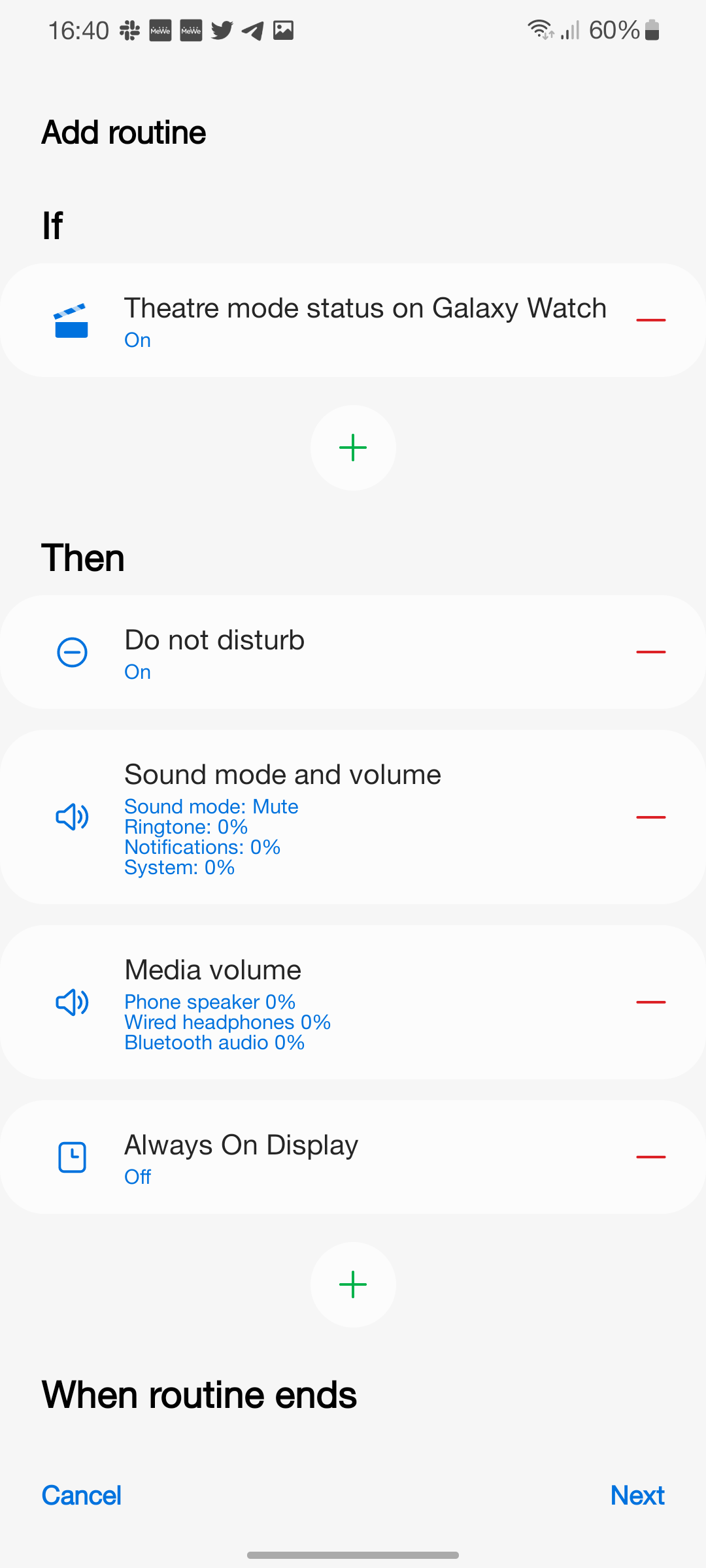
You can change watch faces with Bixby Routines, which is handy when going to the gym. For example, when you start your gym routine, your Watch 4 changes its face to something fitness-focused, with shortcuts to start workout tracking only a tap away. When you're ready to go home, the routine ends, and your watch returns to how it was.
Bixby helps you control your phone
If you don't have other Samsung devices, Bixby Routines is still worth checking out due to the number of system settings the app can control. Let's look at three frequently used routines to demonstrate this.
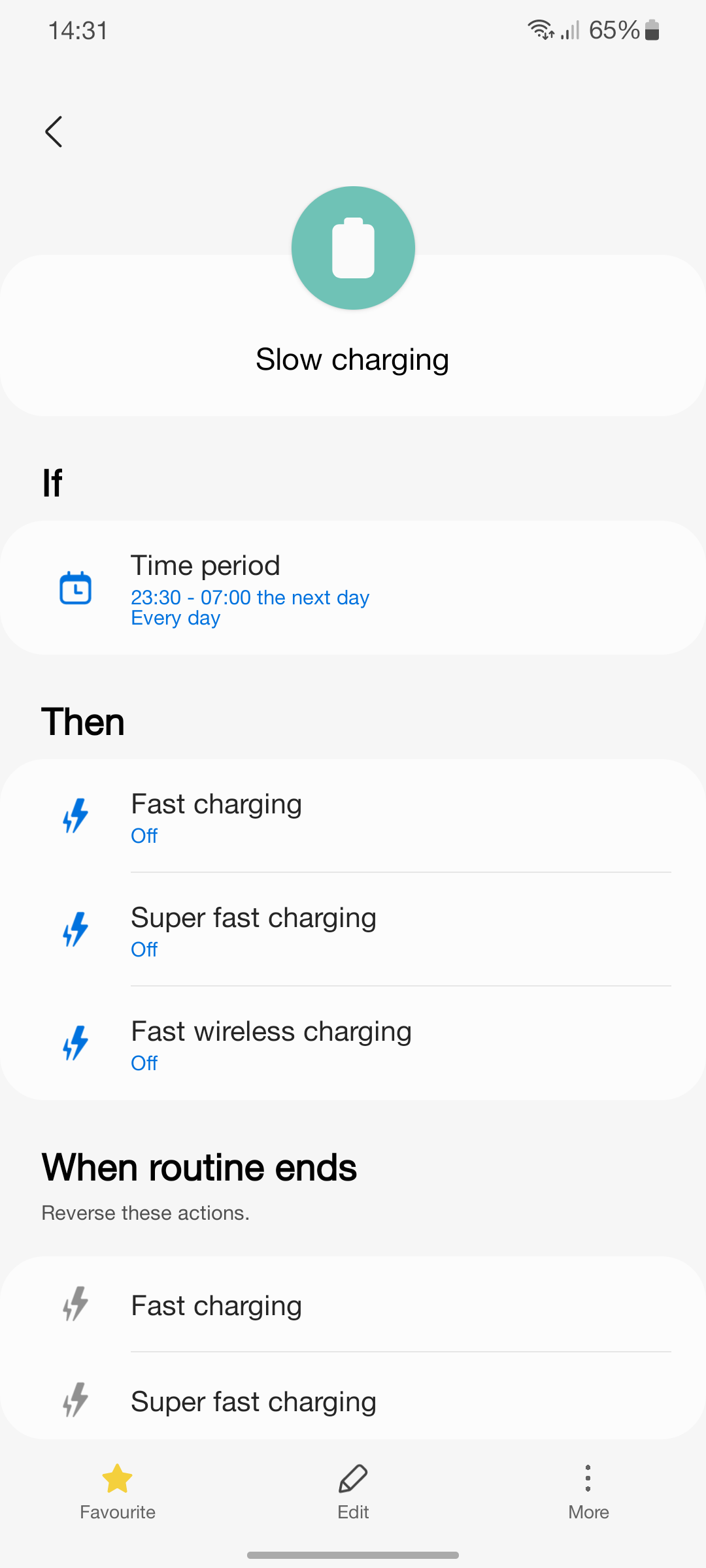
You can create a charging speed routine to mimic adaptive charging on Pixel phones. For example, turn off all fast charging, wired and wireless, between 11:30 p.m. and 7:00 a.m. This way, the phone charges slowly on the wireless charger while you sleep and quickly tops things off before you wake up. It's not as flexible as Google's implementation, which alters the timings based on your next alarm.
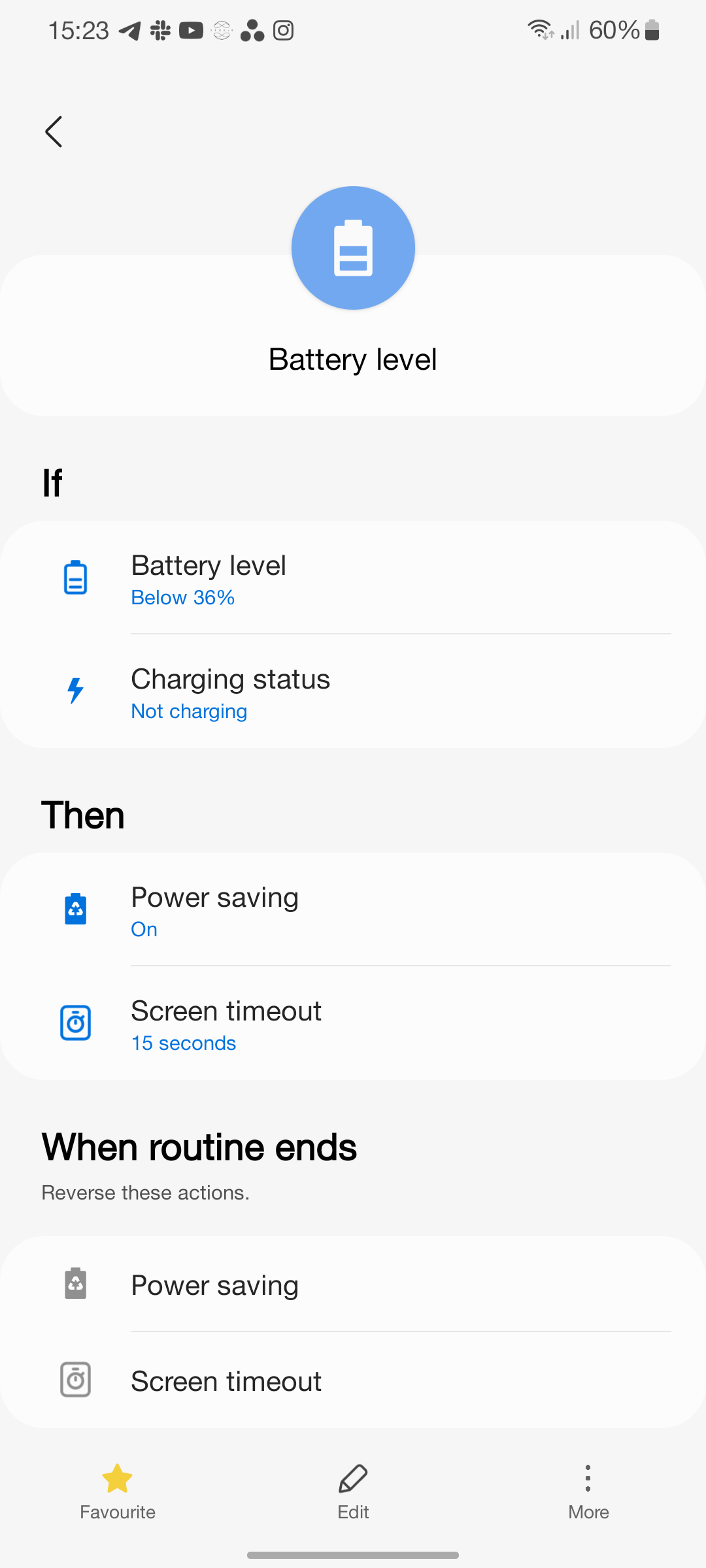
One UI doesn't have an automatic power-saving mode that kicks in below a certain battery percentage. This is quickly done with a routine. You can set a routine to activate the power-saving mode when the phone reaches 35%. You can also have the routine change the screen timeout to 15 seconds so that your screen doesn't stay on as long when unattended.
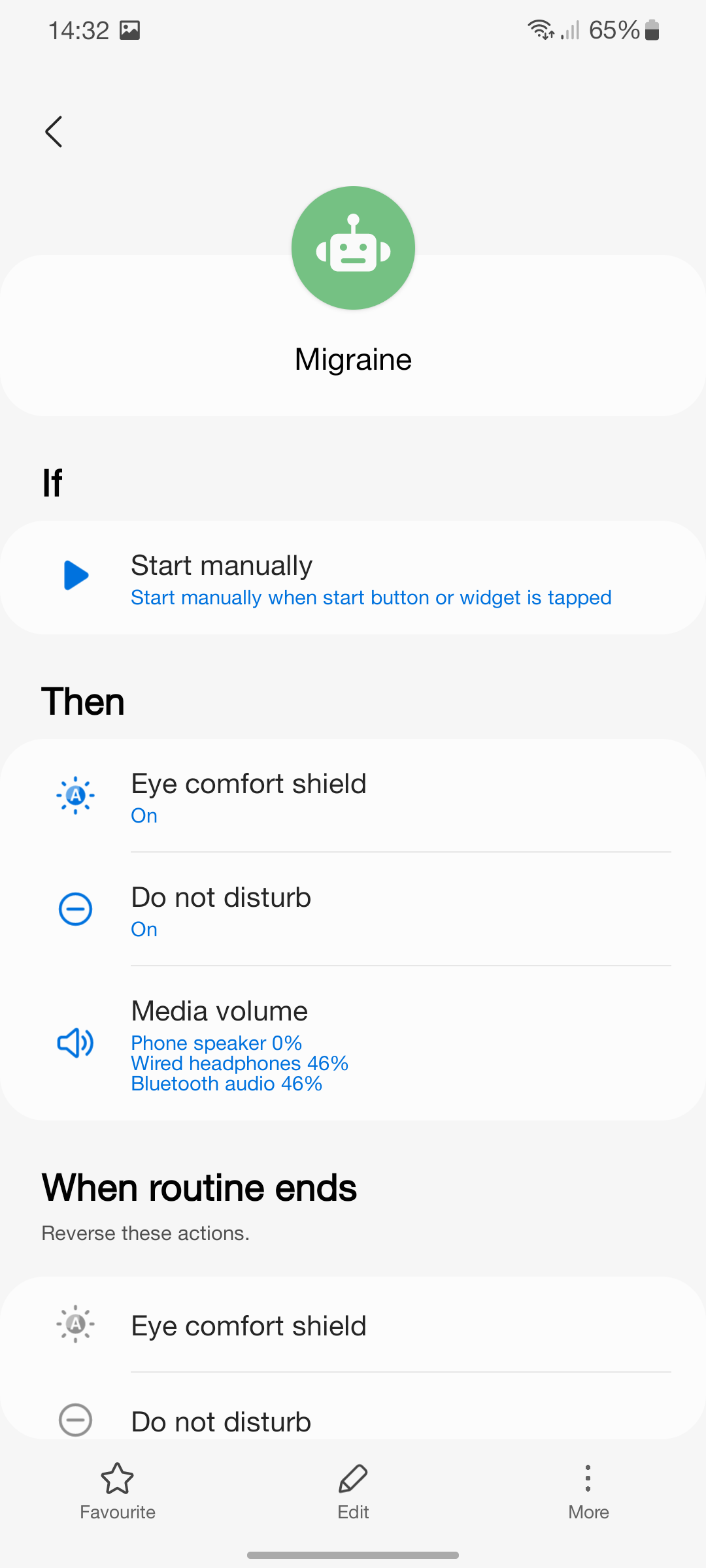
You can also set a migraine routine to be activated via a widget on the home screen. This routine turns on the blue light filter to reduce eye strain, mutes all audio, and switches the phone to Do Not Disturb. Now that there's an extra dim mode in Android 12, we hope the app is updated to support it, as that would be a perfect addition to this.
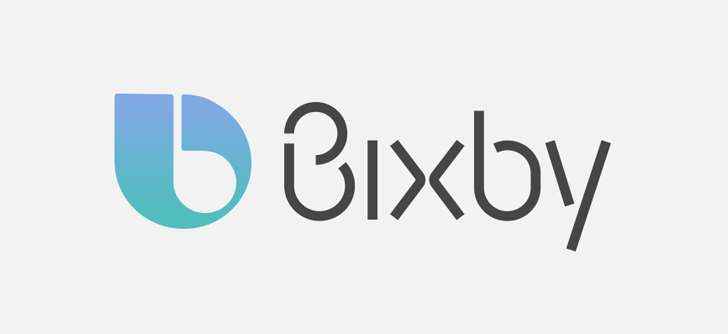
Bixby: The complete guide to Samsung's virtual assistant platform
Samsung's digital voice assistant is impressive, with deep system settings and third-party app integrationThis routine may not be something everyone would use, but that's the reason we include it. Most of us have at least one obscure use for our phones that few others would care about, and Bixby Routines can cater to many of them.
What's next for Bixby?
Bixby launched in 2017. For most of that time, many Samsung users ignored the functionality, particularly the voice assistant. It's a shame that Routines is lumped in with that, as it's a powerful, underutilized tool. If the success of Bixby Routines is tied to the popularity of Bixby, its relative obscurity may be coming to an end.
As AI technology has developed, particularly voice recognition, we have seen significant updates and improvements to the Bixby offering. If you have a Samsung phone and haven't explored all that Bixby has to offer, now might be the time to give it a go. You might be surprised by how useful it is.

